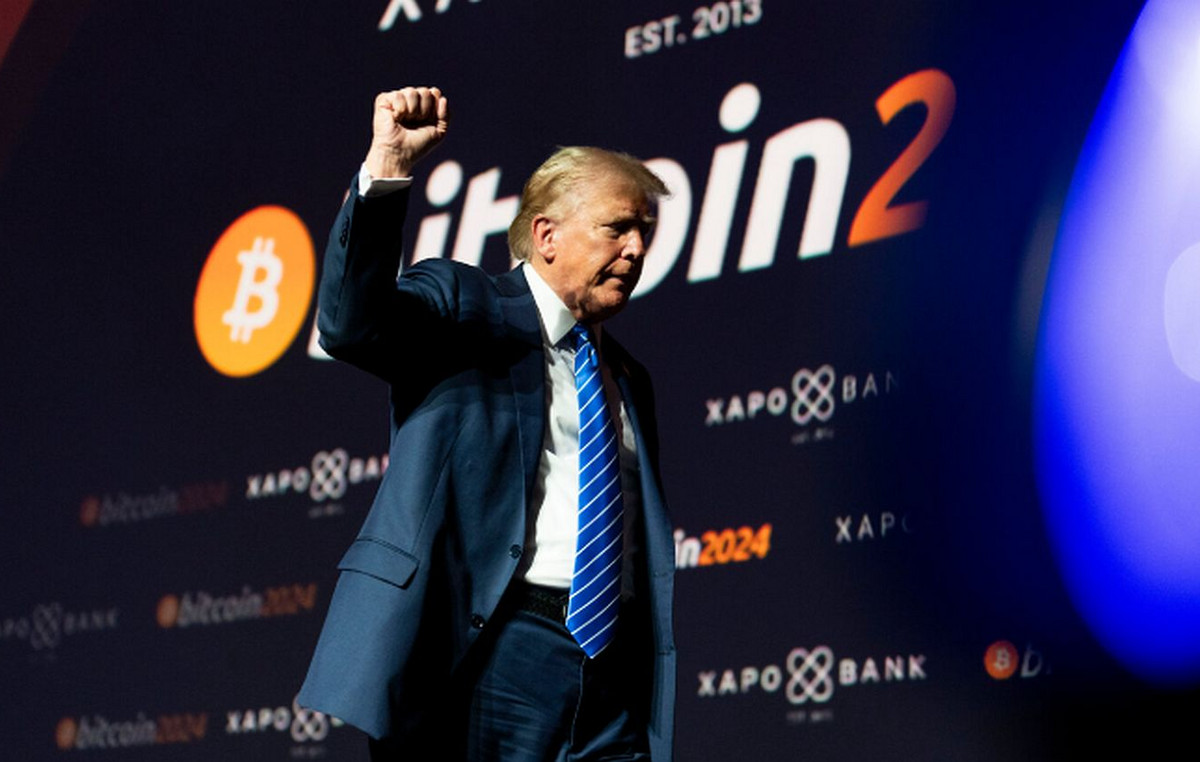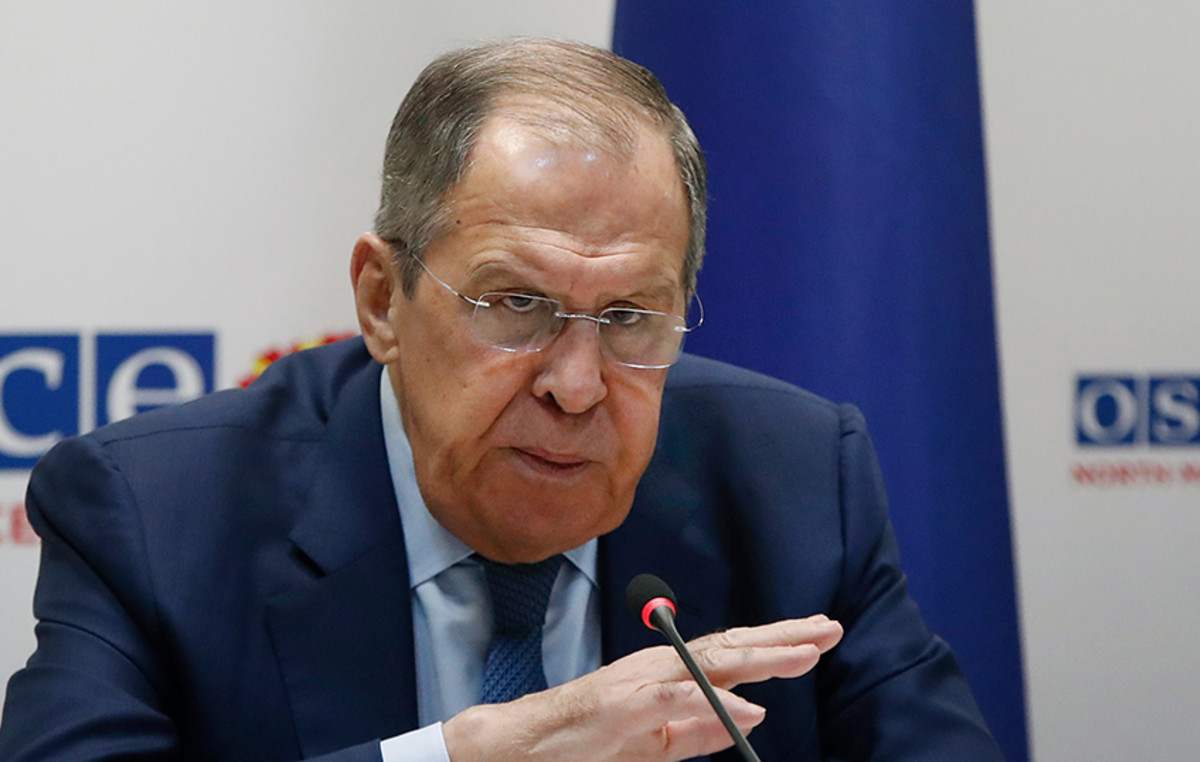Despite the improvement in the levels of the country’s reservoirs and the decrease, at least until now, in the use of thermoelectric plants, the prospects for the consumer in relation to the reduction of the energy bill are not good.
According to experts consulted by the CNNBrazilians can expect, as of May, the end of the water scarcity tariff — the highest of all, with a cost of R$ 14.20 for every 100 kWh consumed.
However, the final electricity bill to be paid should not suffer significant impacts and will remain expensive, even with the end of the tariff flag.
This is because, according to experts, throughout the water crisis last year, the federal government made emergency contracts worth billions of dollars for the use of thermoelectric plants, which will come into operation from May this year until December 2025.
That is, this account will still be passed on to end consumers throughout this period. Emergency contracts already total about R$ 11.7 billion.
According to the professor of energy planning at UFRJ, Diego Malagueta, the good news is that the current water scenario brings energy security. This means that there is no risk of rationing or power cuts, as there was during last year’s crisis.
However, the professor says that even with the current levels in the reservoirs, the thermal plants, from next month until December 2025, will be used as a priority.
“Despite better levels and with the thermal plants being less activated at the moment, at the height of the crisis the government determined the purchase of emergency thermoelectric plants to generate a large amount of energy, by law. So, even though it rained a lot, this more expensive generation (of thermal plants) will enter. In other words, the tariff will continue to be higher than the reservoirs indicate”, explained Malagueta.
Currently, the reservoirs in the Southeast/Midwest have 64.50% of their capacity, the highest level since 2013. The reservoirs in the Northeast have 96.65% of their capacity and those in the North subsystem have 98.59%.
The professor also explained that what we paid more in this period of water scarcity in force was still not enough to cover all the costs of energy distributors.
He says that the effects of this contract (2022 to 2025) will be even more felt between the years 2023 and 2026. This is because the distributors only pass the increases to consumers once a year.
“Distributors cannot pass on all costs to consumers at once. So, we ended up paying that amount with interest and that account hasn’t closed yet,” he pointed out.
The consultant of Instituto Clima e Sociedade and former general director of the National System Operator (ONS), Luiz Eduardo Barata, also corroborates the pessimistic projections regarding the value of the electricity bill paid by Brazilians.
“Despite the very good conditions of the reservoirs, we had a huge past account. ‘Covid Account’ to be paid, new loan that was carried out, and a contracting of more expensive thermal plants,” he said.
“So, despite the good conditions, we had contracts, especially the one made in October, which will cost 39 billion in three years. The bill will continue to be expensive for quite some time,” he added.
Another factor that should affect the high tariffs paid by consumers is the increase in the cost of fuel, mainly as a result of the war in Ukraine, as explained by Diogo Lisbona, an electric energy specialist and professor at the Getúlio Vargas Foundation (FGV).
“Thermoelectric generation today will face a higher cost than at the beginning of last year. With the war in Ukraine, the price of oil and natural gas are up. Europe will have to reduce dependence on Russian gas and will put pressure on the price in several gas hubs. In several of these thermoelectric plants here in Brazil, the price of fuel is indexed to the generation costs, which tend to be even more expensive”, evaluated Lisbona.
The specialist also recalled that energy tariffs have grown above inflation, which weighs even more on consumers’ pockets, especially in lower-income social strata.
The electricity bill is composed of tariffs defined and regulated by the National Electric Energy Agency (Aneel). These are taxes, sector charges, energy generation, transmission and distribution costs.
The tariffs are additions to the electricity bill used to offset and balance the costs of distributors, as is the case with the water scarcity flag.
Source: CNN Brasil
I am Sophia william, author of World Stock Market. I have a degree in journalism from the University of Missouri and I have worked as a reporter for several news websites. I have a passion for writing and informing people about the latest news and events happening in the world. I strive to be accurate and unbiased in my reporting, and I hope to provide readers with valuable information that they can use to make informed decisions.







